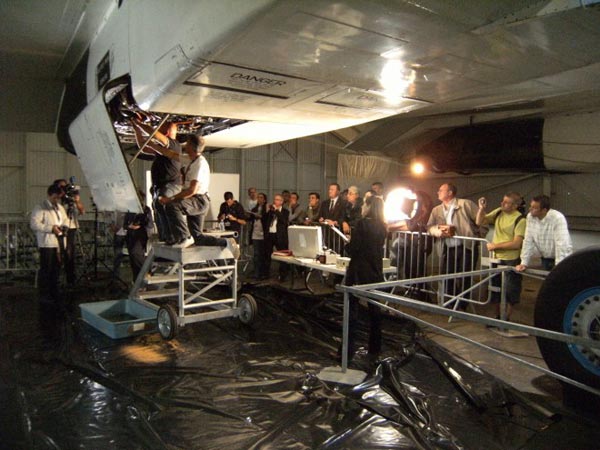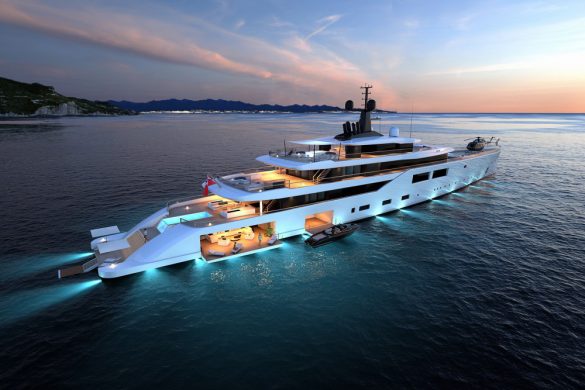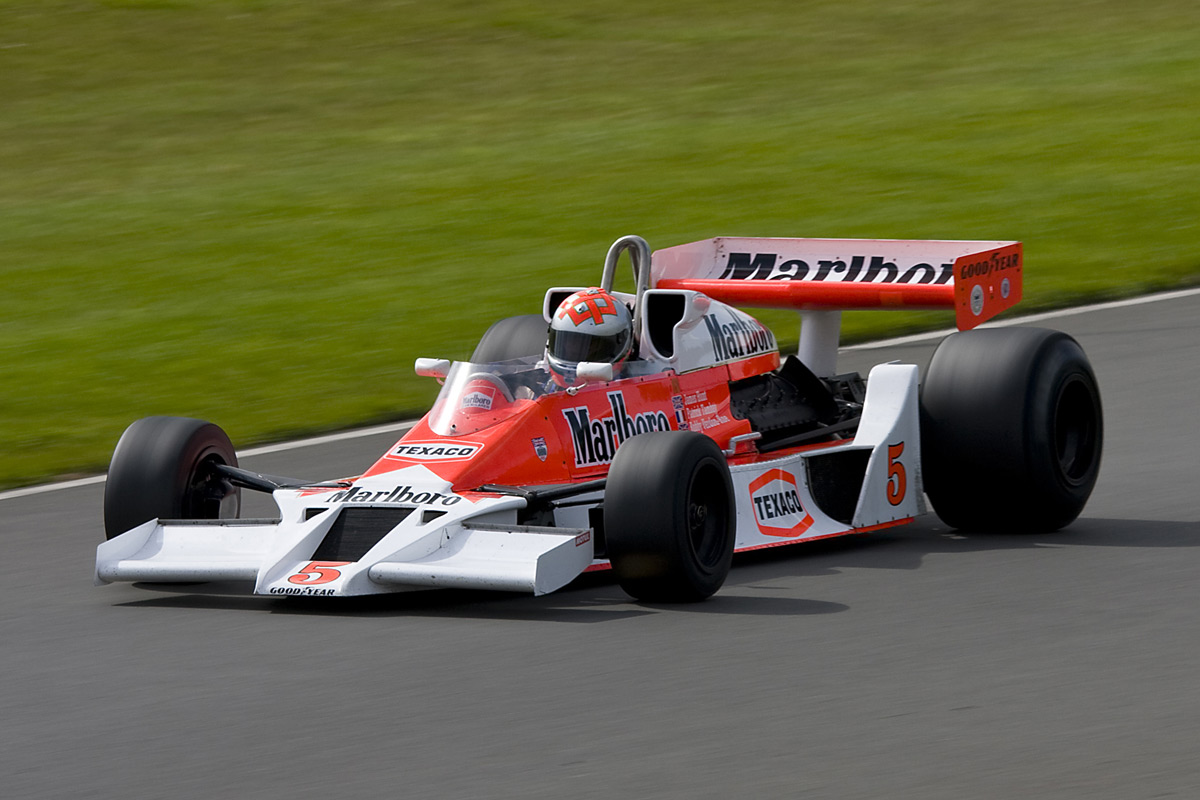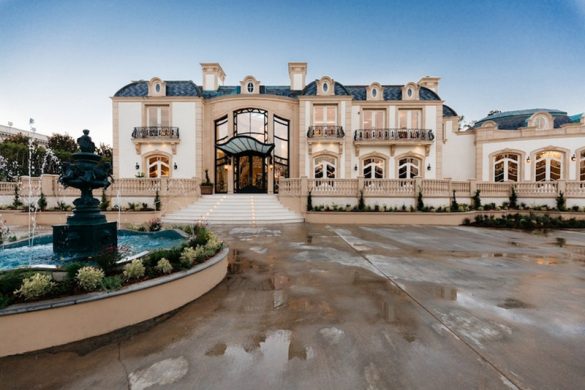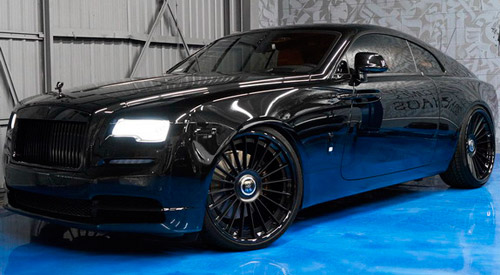When the Concorde luxury jet was retired seven years ago, after 27 years of dutiful service to the world’s elite, it seemed like the end of an era. Now, however, efforts are underway to get the supersonic craft back in the air — in time for the 2012 Olympic Games.
Last weekend a former Concorde engineer performed a preliminary engine inspection on one of the Mach 2 airliners in hopes of green-lighting the resurrection of the Concorde as a flying piece of aviation history instead of a mothballed museum display. Mirroring the two national airlines that operated the Concorde for years – British Airways and Air France – a $22 million collaboration between Britain’s Save Concorde Group (SCG) and France’s Olympus 593 has been hard at work to get the supersonic jetliner back in the air. The groups next hope to get the engines running and follow up with taxi testing. The end goal is to get a Concorde flying again in time for a fly over at the 2012 London Olympics.
Saturday’s preliminary inspection of the Rolls Royce engines of a Concorde at the Air Museum in Le Bourget, Paris went as well as could be hoped. An engineer used a borescope camera that is commonly used to peak deep inside of engines for inspections. After a thorough seven hours, the engineer said the engines are in great shape.
Curiously enough, the proclamation of the plane’s resurrection comes just days after a Paris court concluded the trial over the notorious Concorde crash that killed 113 people back in 2000. The court won’t issue its verdict until December, but, at this point, it doesn’t appear that the decision (or the blame it places on Concorde) will have much influence over the Concorde’s imminent return to skybound glory.
The Concorde burned roughly six times as much fuel as a modern airliner and was a whole lot noisier than any other commercial aircraft. But with a cruise speed of 1,300 miles per hour, it did get your from point A to point B about twice as fast as a 747.


